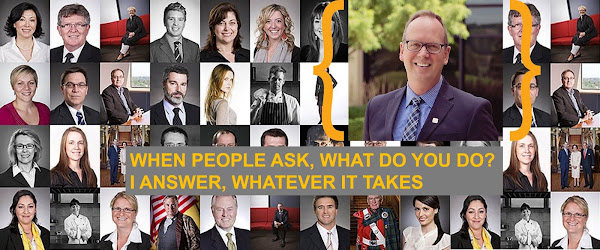
A group of 10 people were each given a piece of paper, and told to create something that they could launch which would go the farthest distance.
After much careful folding, I don't think that there were 2 paper airlplanes folded into the same shape.
Each was launched, and the distance that was achieved from its creator was measured. Some curved off course and some nose-dived to the ground, and some flew for a distance.
Once all 10 measurements were taken, the person conducting the test also took a piece of paper, and crumpled it up into a tight little ball, and threw it across the room, far outdistancing any of the 10 magnificent paper aircraft.
I'm not sure of its practicality, but no one else involved in this little test thought of this ... and so, you have an example of "thinking outside of the box".
After much careful folding, I don't think that there were 2 paper airlplanes folded into the same shape.
Each was launched, and the distance that was achieved from its creator was measured. Some curved off course and some nose-dived to the ground, and some flew for a distance.
Once all 10 measurements were taken, the person conducting the test also took a piece of paper, and crumpled it up into a tight little ball, and threw it across the room, far outdistancing any of the 10 magnificent paper aircraft.
I'm not sure of its practicality, but no one else involved in this little test thought of this ... and so, you have an example of "thinking outside of the box".
